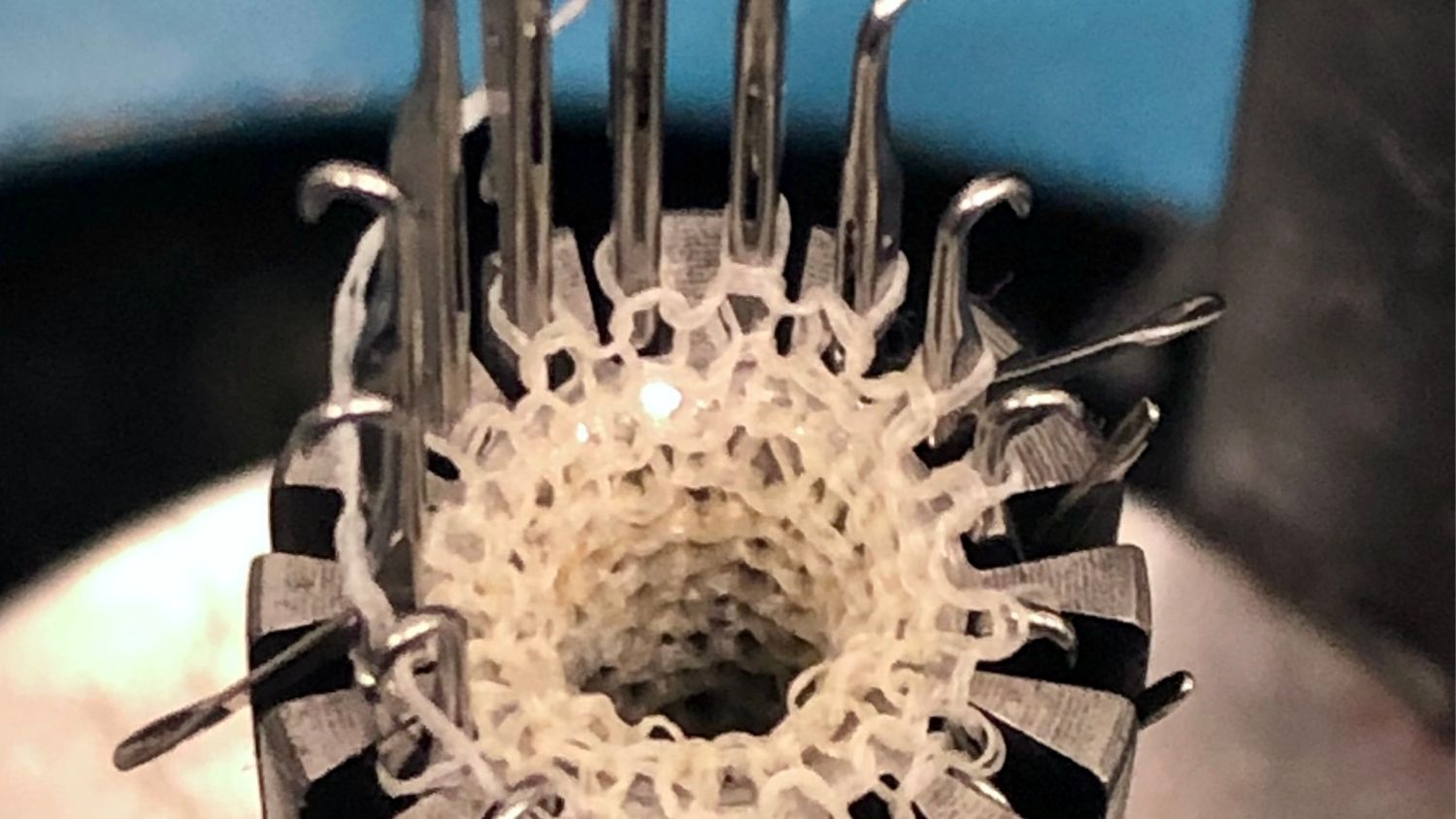Scientists knit new artery grafts out of collagen and synthetic fibers
Date: 30.9.2020
Heart attack patients often need replacements for damaged or blocked sections of coronary arteries, which are usually taken from their own leg veins. But in a new proof-of-concept study, scientists knitted a prototype graft out of hybrid synthetic and biological yarn, forming a scaffold for the patients own cells to grow around and repair the artery.
 The method of replacing damaged coronary arteries with one from elsewhere in a patient’s body is currently the best option. But not only is it invasive, some patients don’t have viable vessels available. That’s what encouraged the researchers on the new study, from North Carolina State University and Case Western Reserve University, to investigate alternatives.
The method of replacing damaged coronary arteries with one from elsewhere in a patient’s body is currently the best option. But not only is it invasive, some patients don’t have viable vessels available. That’s what encouraged the researchers on the new study, from North Carolina State University and Case Western Reserve University, to investigate alternatives.
“There is a need to find an alternative solution for this kind of patient,” says Fan Zhang, first author of the study. “That’s why we’re looking to use tissue-engineered vascular grafts.”
The team combined two types of fibers into one hybrid yarn, and used a circular knitting machine to fashion it into an artery replacement. One fiber was collagen, while the other was a synthetic fiber made of polylactic acid. Together, the finished artery substitute was able to expand and contract just like the real thing.
But it’s not made to be a permanent implant – instead, it’s a scaffold to help the patient’s own cells build a new artery. Those endothelial cells, which normally line the insides of arteries, stick to the scaffold and begin growing.























